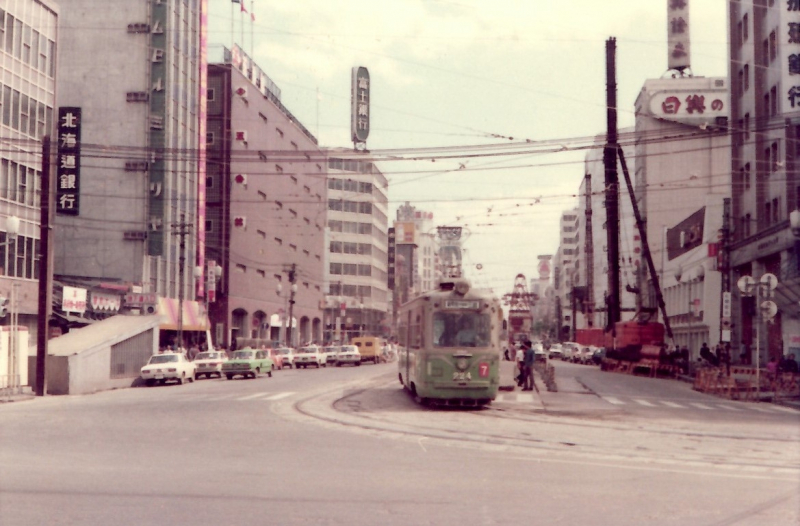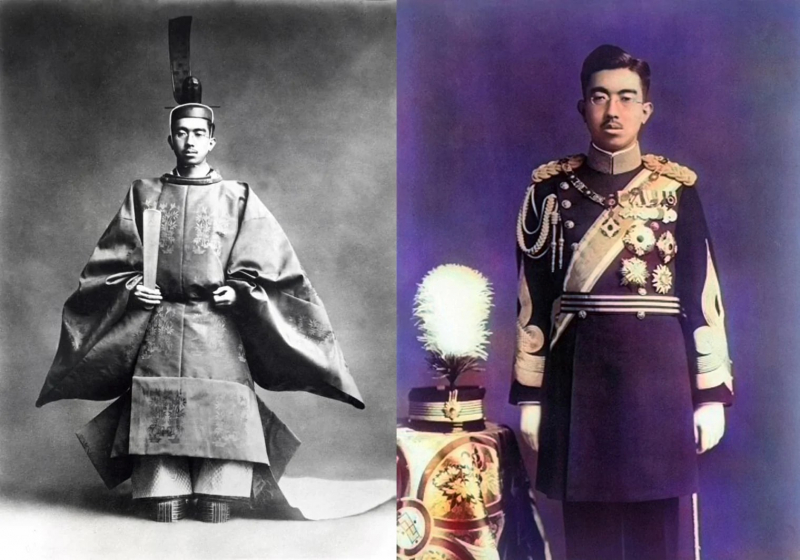Showa Period Is Another Name Of Emperor Hirohito's Reign

Emperor Hirohito's reign is also known as the Showa Period is the next fact about Emperor Hirohito. The Showa Period, which lasted from 1926 to 1989, was under the rule of Emperor Hirohito. Ironically, Hirohito's reign was disorderly and turbulent; showa is Japanese for "the Enlightened" or "Shinning Peace." The growth of militarism in Japan during the Showa Era is notable. Additionally, the Japanese were antagonistic toward their neighbors in Asia.
The Taisha period (1912–26) came before the Showa period, while the Heisei period (1989–) came after. The early Shwa period spans the first portion of the Shwa, from Hirohito's enthronement in 1926 to the end of World War II in 1945. It is primarily remembered for the growth of militarism in Japan, Japanese aggression in China and other parts of East and Southeast Asia, as well as the defeat of the nation during the war. Japan's remarkable recovery and ascent to second-place global economic powerhouse behind only its closest friend and former foe, the United States, defined the postwar Shwa decades.
In Japan, the birthday of Emperor Hirohito is observed as a national holiday. Originally known as Green Day, a law to rename the day Showa Day was enacted in 2005. Japan's strong cooperation with America and the nation's economic recovery were hallmarks of the Showa era following World War II. The Showa era lasted longer than any other Japanese emperor before him. Emperor Shwa was not only the longest-reigning monarch in the world at the time, but also the longest-living historical Japanese emperor. The Heisei era began with the accession of Crown Prince Akihito to the Chrysanthemum Throne on January 7, 1989, following the passing of his father, Emperor Shwa. From Wakatsuki Reijiro to Noboru Takeshita, a total of 33 prime ministers served as advisors to Emperor Hirohito.









